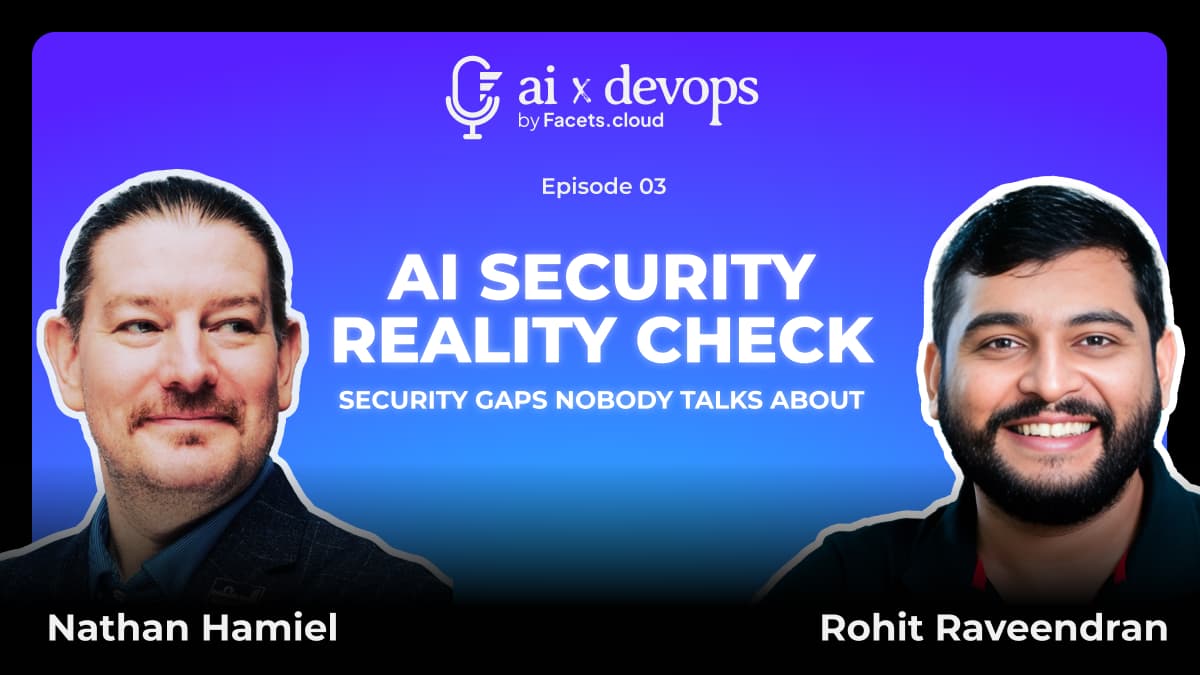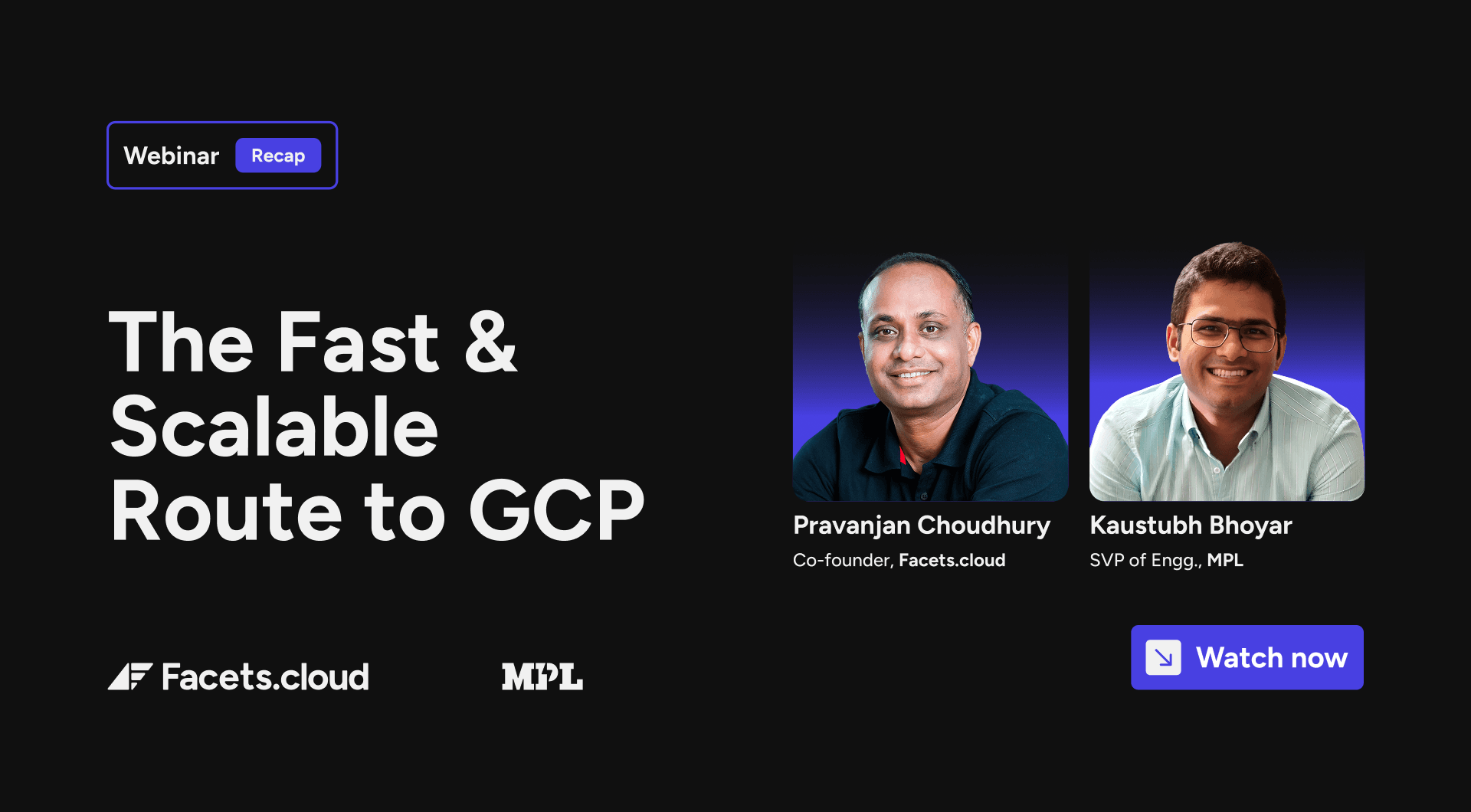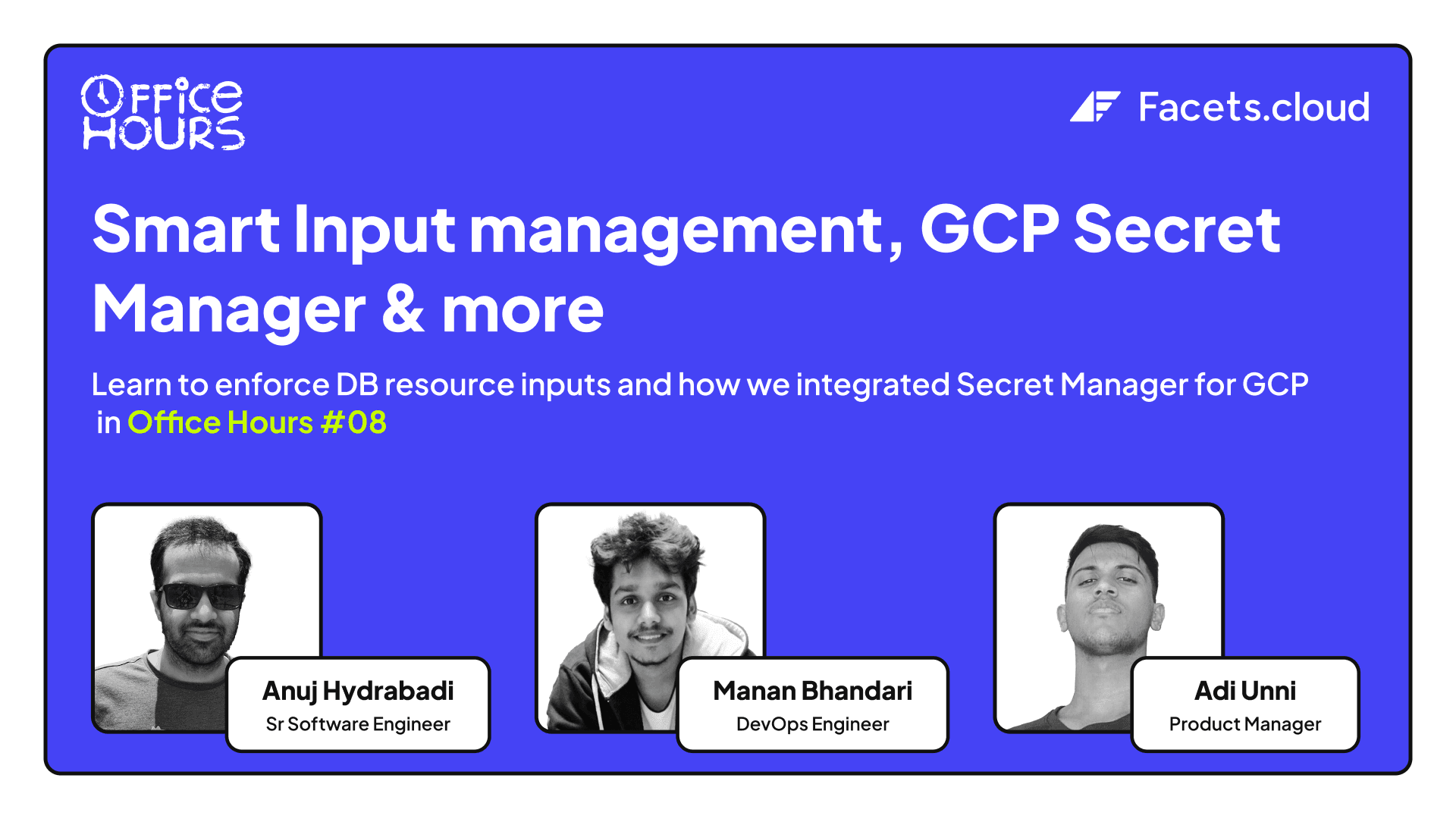Loki at Scale: Navigating High Volume Logging Challenges
Architecture patterns, performance tuning, and cost control for high-volume Grafana Loki deployments
Topics Covered
Webinar Summary
Master the art and science of scaling Grafana Loki to handle massive log volumes without breaking your budget or performance targets. This technical deep-dive reveals battle-tested strategies from production environments processing terabytes of logs daily.
Core Architecture Insights
- Component Deep-Dive: Understanding how distributors, ingesters, and queriers behave under extreme load
- Data Flow Optimization: How write and read paths perform when pushed to their limits
- Scaling Patterns: When to scale horizontally vs. vertically for different components
- Performance Tuning: Configuration choices that make or break your Loki deployment
Storage & Performance Mastery
- Object Store Optimization: Tuning S3, GCS, and other backends for cost and performance
- Chunk Size Engineering: Finding the sweet spot between ingestion speed and query efficiency
- Compaction Behavior: Managing data lifecycle for optimal storage costs
- Retention Windows: Balancing compliance requirements with storage economics
- LogQL Optimization: Writing queries that don't create expensive full-table scans
- Dashboard Design: Building monitoring interfaces that perform well at scale
- Caching Strategies: Implementing multi-tier caching for cost-effective reads
- Index Management: Label hygiene and indexing patterns that keep queries fast
Operational Excellence
- Capacity Planning: Sizing your cluster for actual vs. projected load
- Failure Testing: Chaos engineering approaches for Loki deployments
- Cost Governance: Keeping TB/day logging costs under control
- Monitoring Meta-Monitoring: Observing your observability infrastructure
- Ingestion Back-pressure: Diagnosing issues before they become critical
- Query Performance: Using exemplars to identify and fix slow queries
- Alerting Strategy: Catching head-of-line blocking early with proper alerting
- SLO Design: Building SLOs that reflect real user consumption patterns
Real-World Battle Stories
- Log Spike Management: Handling log spikes during incident response
- Seasonal Patterns: Managing traffic patterns in high-volume applications
- Multi-tenancy: Considerations for large organizations
- Migration Strategies: Moving from existing logging solutions
- Performance Benchmarks: Ingestion rates achievable with different configurations
- Query Expectations: Latency expectations for various data sizes
- Cost Comparisons: Analysis with other logging solutions
This session transforms Loki from a promising logging solution into a production-grade, cost-effective foundation for your observability stack. Essential for SRE teams managing observability infrastructure at scale, platform engineers responsible for logging pipelines, DevOps engineers working with the Grafana ecosystem, and engineering leaders evaluating logging solutions for production use.
What You'll Learn
• In-depth insights from industry experts
• Practical strategies you can implement today
• Real-world examples and case studies
• Interactive Q&A and community discussion
Stay Updated
Get our latest live content and insights delivered to your inbox.
Speakers

Sreejith S

Pramodh Ayyappan
Special Guest: This session features expert insights from industry leaders outside of Facets.
Related Content
More Live Content
View all
AI Security Reality Check
Nathan Hamiel, Head of Research at Kudelski Security, joins Rohit Raveendran for an essential reality check on AI security in DevOps environments. This candid conversation cuts through the hype to address real-world threats, vulnerabilities, and practical defense strategies that every team integrating AI into their infrastructure should understand. ### Real-World AI Security Threats Explore the actual security landscape facing organizations adopting AI, from model poisoning and prompt injection attacks to data exfiltration risks. Nathan shares insights from Kudelski Security's research into emerging threat vectors and how attackers are targeting AI-powered systems in production environments. ### DevOps-Specific Vulnerabilities Understand the unique security challenges that arise when AI meets DevOps workflows, including supply chain risks, model integrity issues, and the security implications of AI-generated infrastructure code. Learn how traditional security practices need to evolve for AI-augmented development pipelines. ### Practical Defense Strategies Get actionable guidance on implementing robust security measures for AI in DevOps, including model validation techniques, secure prompt engineering practices, and monitoring strategies for AI-powered infrastructure operations. Discover how to balance innovation with security requirements. ### Industry Insights and Trends Benefit from Nathan's perspective on the evolving threat landscape, emerging security standards for AI systems, and what organizations should prioritize when building security into their AI-driven DevOps practices. ### Key Takeaways for Teams Learn how to assess AI security risks in your current environment, implement baseline security controls for AI systems, and build a security-first culture around AI adoption without stifling innovation. Essential listening for security professionals, DevOps engineers, platform teams, and anyone responsible for safely integrating AI into production infrastructure and development workflows.

The Fast & Scalable Route to GCP: A Masterclass on MPL's Cloud Migration
## Webinar Summary Go behind the scenes of MPL's ambitious AWS to GCP migration with the engineering leader who orchestrated this massive undertaking. This masterclass reveals the complete playbook for executing a complex, high-scale cloud migration that achieved 40% cost reduction with zero downtime. ### Strategic Foundation - **Goal Alignment Framework:** How MPL aligned stakeholders on measurable migration outcomes - **Risk Assessment Matrix:** Identifying and mitigating high-risk dependencies and systems - **Architecture Design:** Leveraging GCP primitives while preserving critical workload characteristics - **Success Metrics:** Defining KPIs that matter for migration success ### Migration Execution Masterclass - **Phased Cutovers:** Step-by-step approach to minimize blast radius - **Traffic Shifting Patterns:** Controlled migration of user traffic with instant rollback capability - **Pre-Migration Rehearsals:** Rigorous testing that exposed failure modes before they mattered - **Dependency Mapping:** Service rationalization and high-risk dependency decoupling - **Stateful System Strategy:** Managing large-scale data movement without service interruption - **Integrity Verification:** Comprehensive checks ensuring data consistency throughout migration - **Replication Pipelines:** Validation processes before switching write traffic - **Consistency Models:** Maintaining data reliability across cloud platforms ### Operational Success Framework - **Stakeholder Rhythms:** Communication cadences between platform, app owners, and business teams - **Runbook Creation:** Detailed playbooks for migration windows and emergency procedures - **Go/No-Go Criteria:** Clear decision-making frameworks for critical migration moments - **Contingency Planning:** Comprehensive backup plans and why most weren't needed - **Observability Baselines:** Establishing performance benchmarks before migration - **SLO Framework:** Service Level Objectives that guided migration decisions - **Canary Health Indicators:** Real-time metrics for informed go/no-go decisions - **Performance Monitoring:** Continuous validation during and after migration ### Post-Migration Optimization - **Cost Governance Success:** Achieving 40% cost reduction through strategic GCP service utilization - **Performance Tuning:** Strategies that improved latency and throughput - **Continuous Optimization:** Turning migration into a platform for ongoing improvements - **Resource Management:** Long-term cost management and optimization techniques - **Operational Excellence:** Establishing best practices in the new cloud environment - **GCP-Specific Optimization:** Performance techniques specific to Google Cloud Platform - **Organizational Capability:** Building skills for ongoing cloud-native operations - **Feedback Loops:** Creating systems for continuous improvement ### Real-World Results - **Zero Downtime:** Complete migration without service interruption - **Cost Reduction:** 40% infrastructure cost savings - **Performance Improvement:** Better latency and throughput post-migration - **Enhanced Reliability:** Leveraging GCP's native reliability features You'll leave with a complete migration blueprint covering strategy, execution, and day-2 operations - everything needed to achieve zero downtime, maintain customer trust, and realize meaningful cost improvements without compromising performance. Perfect for cloud architects planning large-scale migrations, engineering leaders responsible for infrastructure decisions, and platform engineers building cloud-native infrastructure.

Smart Input management, GCP Secret Manager & more
Learn to enforce DB resource inputs and how we integrated Secret Manager for GCP
Related Articles
View allOCI...The Next Standard for AI Infrastructure?
Explore why OCI is emerging as the winning standard for AI/ML artifacts and how standardization is bringing order to the fragmented MLOps landscape with Görkem Ercan, CTO at Jozu
When AI Writes Code, Who Writes the Guardrails: Addressing AI Security Risks
Learn about the security risks when building AI-powered products, including prompt injection, common vulnerabilities, and architectural pitfalls.
Facets has been recognized in the 2025 Gartner® Market Guide for Infrastructure Automation & Orchestration Tools
We are thrilled to share that Facets has been recognized in the 2025 Gartner® Market Guide for Infrastructure Automation & Orchestration Tools. As DevOps shifts toward platform engineering, this recognition validates our belief that infrastructure should be defined once and delivered everywhere.
Customer Stories
View allFirst Environment Live in 1 Week with AI-Powered GCP Migration
How ZeonAI Labs leveraged Facets' AI agents to achieve the first environment migration in 1 week and establish self-service operations with 3 daily releases for their agentic platform
70% Reduction in Production Issues with Infrastructure-as-Code Excellence
How Treebo uses Facets to shift-left on infrastructure management and boost Dev and Ops efficiency across 600+ hotels